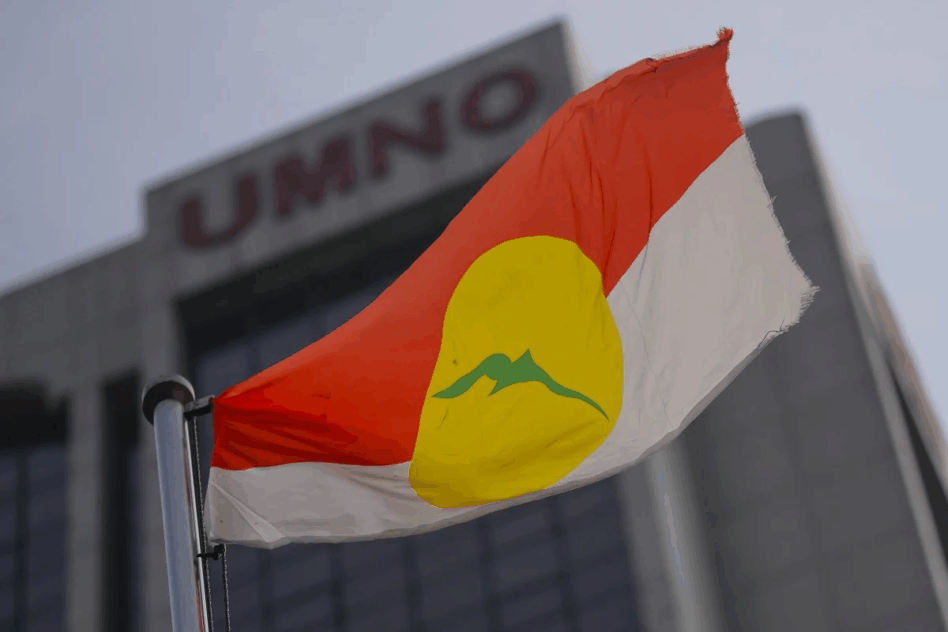By Rachel Tan
IN an industry where consumers are tired of jaw dropping markups, cutting out the middle-man and selling directly to consumers by offering products that are equivalent to or better quality than the branded counterparts at affordable prices seems like a sure way to emerge as a winner.
However, peer deeper into this business model, one will see the similarity in the marketing mechanics between one direct-to-consumer (DTC) brand and the other.
DTC customer acquisition strategy is primarily reliant on paid marketing across Facebook and Google ecosystems – Facebook, Instagram, Google Search and YouTube.
As more brands join the party, it gets more competitive to secure customers’ clicks. This would result in higher click cost across these advertising platforms.
Take Facebook for instance, the average cost per click (CPC) was US$0.31 (RM1.27) in 2018. When more businesses hopped into the Facebook advertising bus in 2019, the CPC rose to US$0.45 (RM1.85). It was a different case in 2020 when businesses cut their ad spend, bringing the average CPC price down to US$0.39 (RM1.60).
Going by the average landing page conversion rate of 2.35%, it will take about 43 clicks before a sale is made online. That would have cost about RM68.80 per acquired customer assuming that the CPC was RM1.60.
Throw in discounts and sweeteners to influence buying decisions, the customer acquisition cost (CAC) could easily rise up to RM80 per customer acquired.
Now, how efficient would this marketing machine be for a DTC brand in which the business model was built upon eliminating middle men costs and to return the value to its consumers?
As the costs of online marketing escalates, the brand would have no choice but to increase its sale price to offset the high CAC in order to still make a profit if it was to rely solely on online marketing.
Hence, it may not be very sustainable for the business to rely solely on social media marketing. To reduce the reliance on just one paid marketing channel, a smarter solution would be to adopt a multi-pronged marketing approach to reduce the CAC.
This consists of social media marketing, marketplace expansion, brand innovation and co-brand marketing.
Online marketplaces, a natural progression to attract new customer base with the average monthly page visits of 47.33 million on Shopee and 14.77 million on Lazada, marketplace expansion is not something to be ignored by DTC brands in their efforts to secure a new customer base and reduce CAC.
With the millions of ringgits online marketplaces spent to market e-commerce sales such as 9.9, 10.10 and 11.11 in order to increase customer visits and retain customers on their platforms, there is no doubt that they would be on the top of mind of consumers looking for specific products.
DTC brands could stand to benefit by expanding its presence into these platforms provided that the partnership mechanics is done right. The products need to stand out when consumers search for specific product keywords on the platform.
This includes using products names and descriptions that contain the most searched terms within the category, adopting the right price strategy, getting good reviews from customers and having the right product mix. – March 22, 2021
Rachel Tan is the head of business for Oxwhite, overseeing its strategic growth, offline marketing, e-commerce strategy, PR and partnerships.
The views expressed are solely of the author and do not necessarily reflect those of Focus Malaysia.









